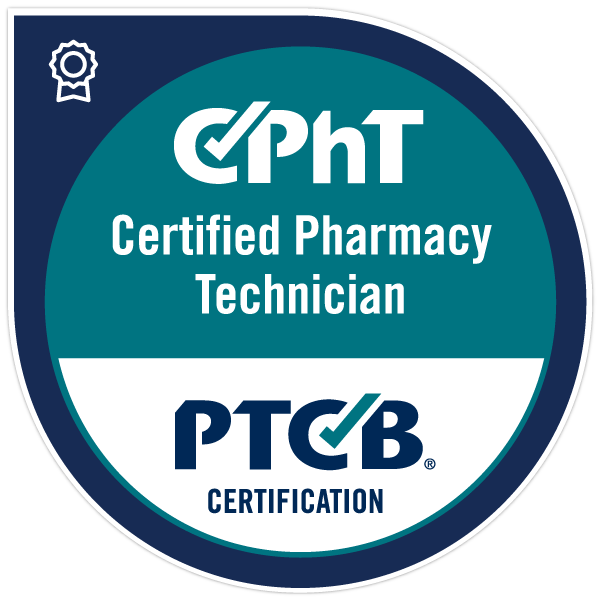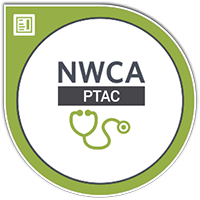Pharmacy Technician
On-Campus Certification Course from Queensborough Community College
Program Description
The need for Pharmacy Technicians continues to grow with demand expected to increase substantially through 2025. Technicians work under the supervision of a registered pharmacist in hospitals, home infusion pharmacies, community pharmacies and other healthcare settings. This high demand for pharmacy technicians is the result of a multitude of factors including the constant availability of new drugs, the national shortage of registered pharmacists, the establishment of certified pharmacy technicians, and the aging population. Approximately 400,000 technicians will be employed by the year 2025 to meet our nation’s growing healthcare demands.
This comprehensive course will prepare learners to enter the pharmacy field and take the Pharmacy Technician Certification Board’s PTCB exam. Content includes pharmacy medical terminology, reading and interpreting prescriptions and defining generic and brand names drugs and much, much more. This program will prepare students to enter the pharmacy field and to pursue certification including the Pharmacy Technician Certification Board’s PTCB exam.
After completing this program, learners will be able to:
- Define the difference between retail and hospital pharmacy settings
- Demonstrate ethical conduct in all duties performed
- Explain the laws that govern pharmacy, whether federal or state mandated
- Interpret physician orders and prescriptions
- Prepare and explain the administration of medications
- Define medical and pharmaceutical terms and common abbreviations
- Explain the pharmacology of medications in relation to the anatomy affected
- Perform pharmaceutical calculations
- Communicate effectively with patients and medical professionals
- Recognize the importance of confidentiality of all patient information
- Process insurance billing and/or collect payments
- Control inventory
- Discuss important milestones and leaders in the history of pharmacy practice
- Identify the requirements, behaviors, characteristics, and career options for the pharmacy technician
- Describe how advances in technology and research impacts pharmacy practice
- Describe the commonly used drug reference resources including the major reason for use and the organization
- Describe the drugs in the current Top 200 Drug List including brand and generic name, drug classification, and uses
As part of this program, Learners will complete the following hands-on labs and activities:
- Creating a Pharmacy Law Timeline
- Translating a Medical Record
- Translating a Prescription
- Translating a Medication Order
- Checking a Prescription for Completeness
- Counting Oral Medication in a Community Pharmacy Setting
- Filling a Medication Order
- Unit-Dosing and Repacking
- Assisting Patients with OTC Products
- Withdrawing Medication from a Vial or Ampule
- Transferring Liquid into an IV Bag
- Product Pricing and Profitability
- Treating Disorders of the Gastrointestinal System
- Treating Disorders of the Musculoskeletal System
- Treating Disorders of the Respiratory System
- Treating Disorders of the Cardiovascular System
- Treating Disorders of the Immune System
- Treating Disorders of the Renal System
- Treading Disorders of the Endocrine System
- Treating of the Reproductive Systems
- Treating Disorders of the Nervous System
- Preventing Medication Errors
- Pediatric Dosing
- Geriatric Dosing
Certification Opportunities
After completing this program, learners will have the opportunity to take the leading national/industry-recognized certification exam(s) essential to entry-level employment in this fast-growing field.
 |
Pharmacy Technician Certification Board (PTCB) Certified Pharmacy Technician (CPhT) |
 |
National Workforce Career Association (NWCA) Pharmacy Technician Associate Certification (PTAC) |
Requirements
- High School Diploma or GED
Program Details
- On-Campus Program
- 50-Hour Schedule
- Hands-On Labs
- eBooks & Digital Materials Included
- Laptops Available
- National Certification Opportunity
- Certificate of Completion